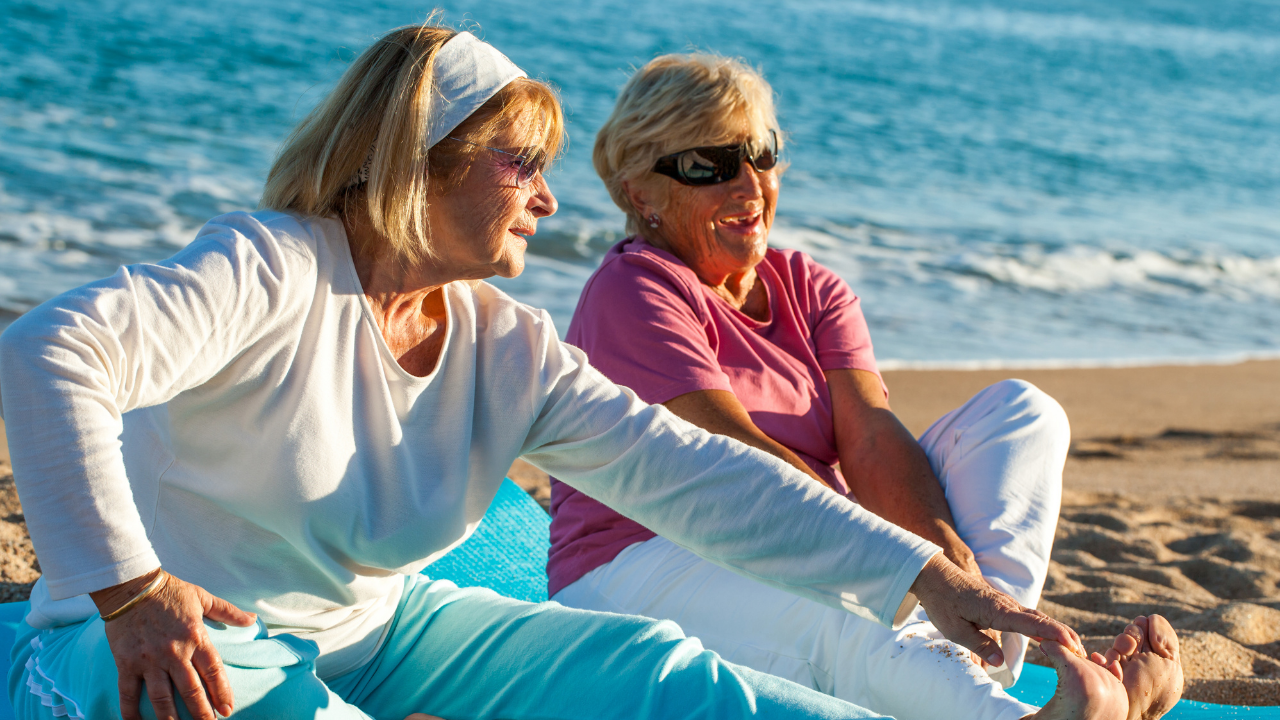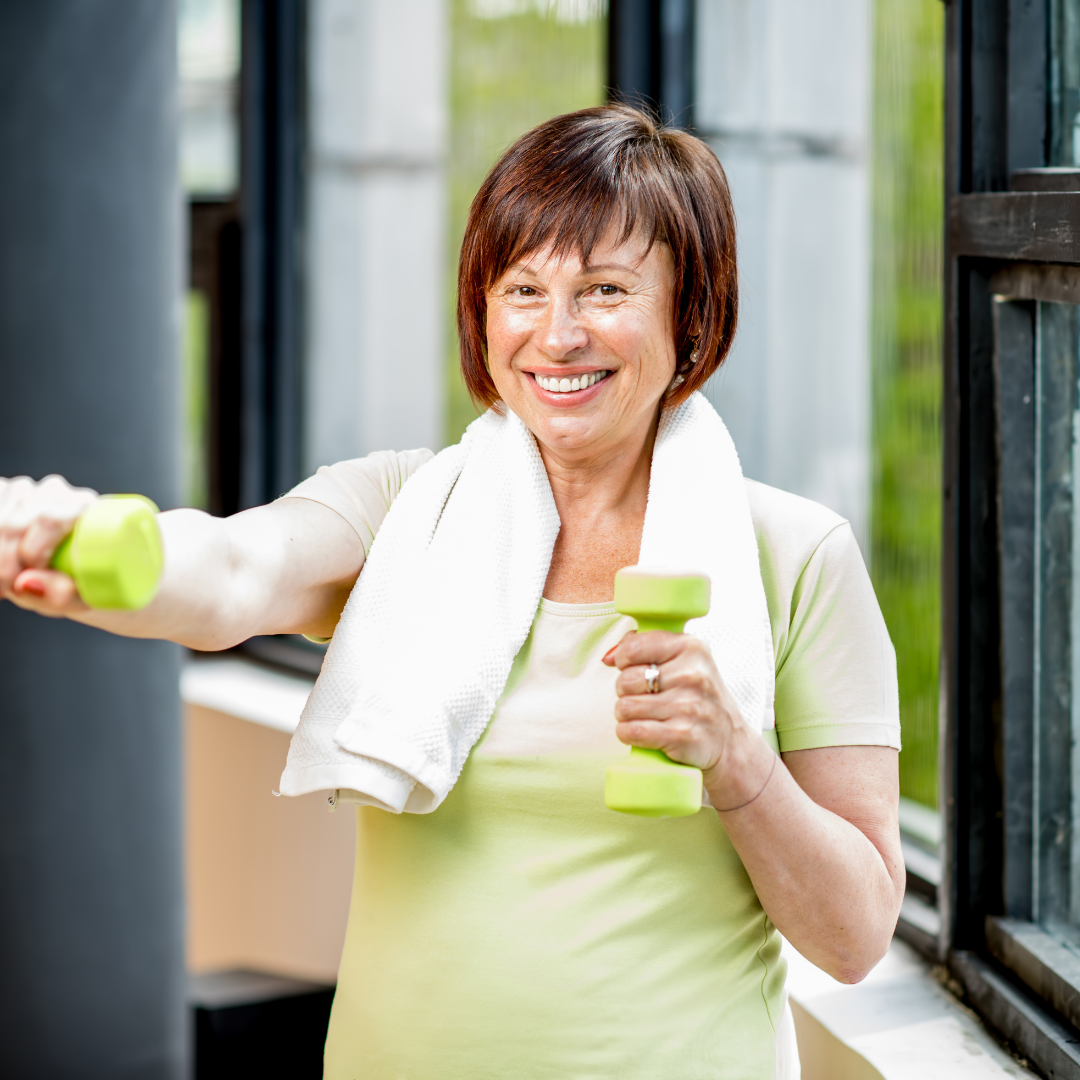Exercise! Your Jeans and Your Genes Will Thank you!

Exercise and strength are related to living well, and reducing chronic diseases, but it can also help with falling, recovering from injury, and how our body ages.
Live Longer
We know that exercise can help us live longer. How?
It can keep your bones, muscles, and joints healthy and can make you less likely to have things like diabetes, cancer, heart disease, and osteoporosis. Exercise can also lower your blood pressure, manage chronic conditions like arthritis or diabetes. It also helps with stamina, joint swelling, pain, and muscle strength, and it helps with your balance, which means the risk of falling diminishes. We also know what exercise, specifically resistance training, can help with age-related decline in muscle mass.
All of these things will help you live a longer, healthier life, but did you know it can change how you age and stay disease-free on a genetic level?

Cellular Change
Have you ever heard the saying, "you're only as old as you feel"? Or have you met someone and could not believe how old they were? There is some science behind these ideas! Telomeres are compound structures on the end of our chromosomes. They get shorter each time a cell copies itself, but the essential DNA stays intact. Eventually, telomeres get too short to do their job, causing our cells to age and stop functioning correctly. We can look at our telomeres as our biological clock, and they can be affected by exercise.
In a study by Bingham Young University, 6,000 adults and their DNA were studied. The study found that telomeres were longer in active people. They found a 9-year age difference in cell aging between those who participated in high physical activity than those who were inactive (highly active was considered to be 30 mins of jogging five days a week). There was also a 7-year age difference between those who were moderately active versus inactive.
While they are not sure WHY this is, they believe it could be related to inflammation and oxidative stress, both of which can be helped with exercise.
Feel Good In Your Genes
Muscle and exercise can also have an effect on our gene expression with epigenetic modification. An epigenetic modification refers to the impact that exercise and muscle mass have on your DNA expression. Gene expression is the process by which the instructions in our DNA are converted into a functional product.
We have 10s of thousands of genes in our DNA. Not all of them are turned on. Exercise can lead to some of those genes being turned on (an epigenetic change), and those genes might decrease your risk of cardiovascular disease, insulin resistance, premature aging, neurocognitive decline, and so on.
This idea is impactful for cancer patients. Mutations in cancer cells cause the cell to grow and divide uncontrollably, resulting in tumorigenesis or the growth of tumors. Physical exercise has been shown to reduce and even reverse these epigenetic mutations, increasing expression levels of tumor-suppressing genes and decreasing expression levels of oncogenes.

Get Moving
Luckily, it's never too late to get started! A study found that regardless of past activity levels, people who were increased their exercise over time were less likely to die of chronic disease than those who were consistently inactive.
If you want to start exercising, start small. Going for a short walk a few times a week will help get your body moving. Also, finding an exercise routine that respects your body and that you can enjoy will make exercise seem less like a chore or burden.
Group exercise is excellent, especially for women, as they like to do things in groups! The CDC recommends 150 mins of exercise a week, minimally. This could mean moderate aerobic exercise (brisk walk) for 30 mins 5 days a week and resistance training two days a week. Starting with this recommendation is great; you can work up from there, adding more intensity and/or time as you feel stronger. No matter how you get started, it will be worth it!!
Interested in our exercise program? Checkout our Virtual Studio here!


